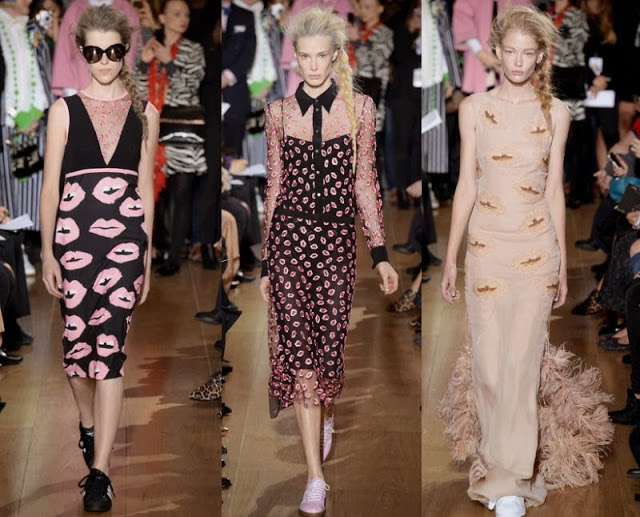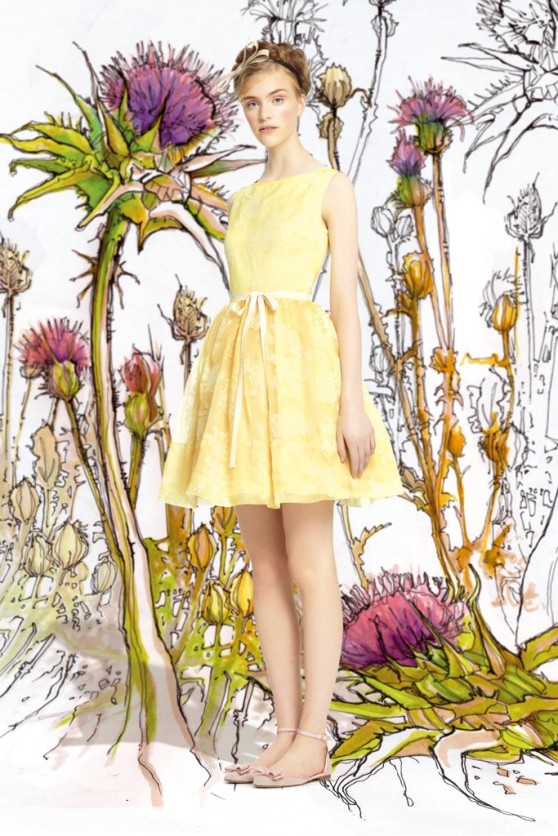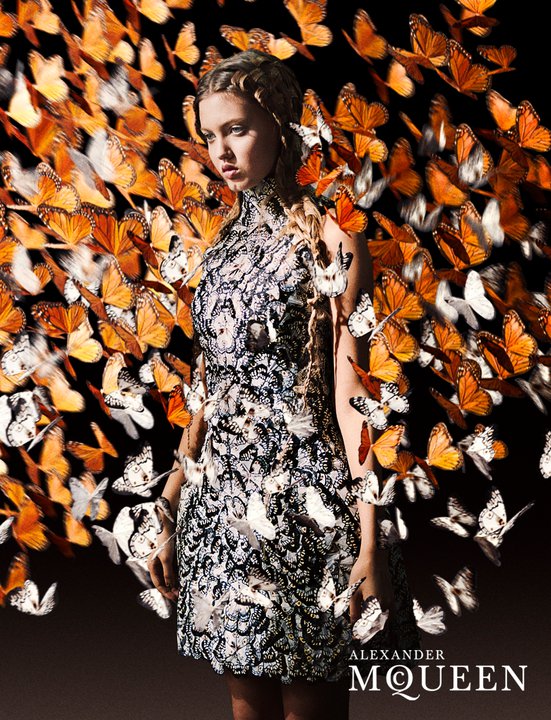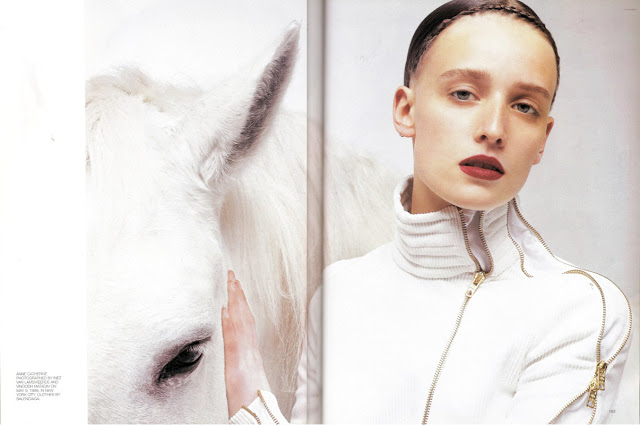George Underwood (born Richard George Underwood, 28 January 1947, Bromley, Kent) is an artist and musician. He is best known for designing album covers for numerous bands in the 1970s.
George Underwood attended Bromley Technical School where he developed an interest in music alongside classmates David Bowie and Peter Frampton. Underwood and Bowie’s band, George and the Dragons was short-lived due to Underwood punching Bowie in the left eye while wearing a ring on his finger, during a fight over a girl, causing paralysis in Bowie’s left pupil and his distinctive mismatched appearance. But the injury did not affect their friendship in the end, and Underwood went on to record one album with Bowie (in their band The King Bees) and also a solo record under the name Calvin James.
After deciding that the music business was not for him, Underwood returned to art studies and worked in design studios as an illustrator. Initially, he specialized in fantasy, horror and science fiction book covers, but as many of his colleagues were in the music business, they began asking him to do various art works for them. This led to him becoming a freelance artist. Underwood established himself as a leading art illustrator doing album covers for such artists as Tyrannosaurus Rex (Futuristic Dragon), The Fixx (Phantoms, Reach the Beach and Calm Animals), Procol Harum (Shine On Brightly), Mott the Hoople (All the Young Dudes) and David Bowie (Hunky Dory and The Rise and Fall of Ziggy Stardust and the Spiders from Mars). Over this period, he produced hundreds of book covers, LP and CD covers, advertisements, portraits and drawings.
He appears in the 2012 documentary David Bowie & the Story of Ziggy Stardust (BBC Cymru Wales).
To watch an album about George Underwood’s artwork, please take a gander at The Genealogy of Style‘s Facebook page:https://www.facebook.com/The-Genealogy-of-Style-597542157001228/?ref=tn_tnmn






























































































